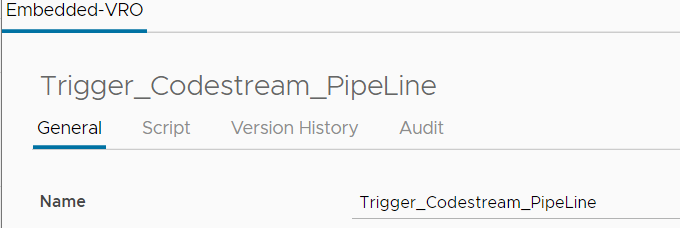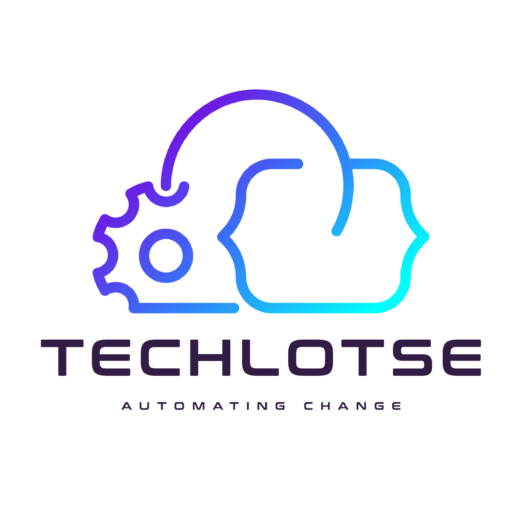
We are using vRealize Code Stream to automate some Tasks admins need to routinely do. Last week I ran into an Issue whereby we needed to trigger a pipeline on a Schedule. There are 3 options available natively to trigger pipeline executions but none of then would work for us. I initially thought of using […]
